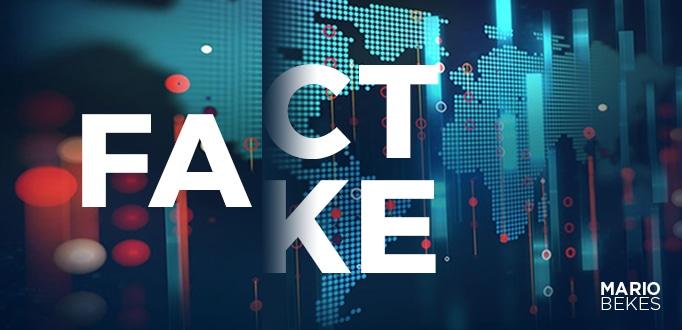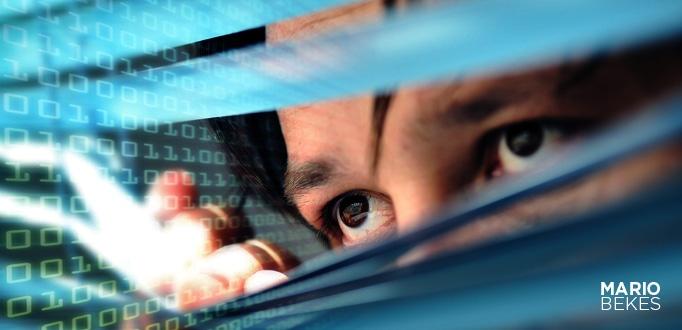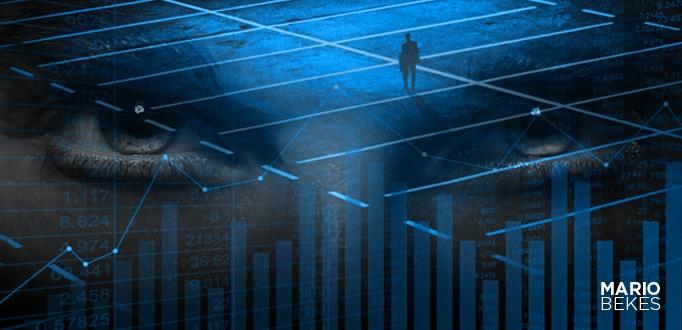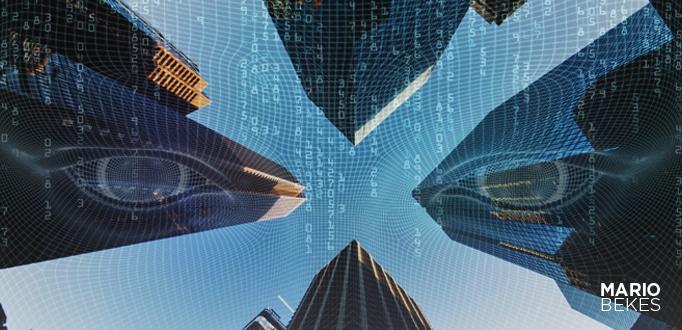The informant management plan
Descriptions and definitions of who an informant is goes back centuries. In the past 100 years informants have become a necessity to the government sector to help solve cases which may never have been solved through applying conventional investigative methodologies and techniques.
It is imperative to understand that informants are part of human intelligence operations and a proven method of collecting information. The training and development of those who manage informants is a very important skill.
The word informant in society is perceived in a very negative context. Most people who are revealed to be an informant become isolated from society and in some cases are victims of severe retribution.
There are several motives as to “why” someone will become informant in the first place and the methodology used to recruitment them is often known as MICE – Money, Ideology, Coercion, Ego.
Ensuring the control and accountability of informants is important and proves a true physical and psychological challenge.
In the corporate world, some investigations, particularly where well organised fraudulent activities are involved, have been so well organised and executed that companies need to use informants to obtain information about them. In this example, informants would typically be identified as “confidential informants”.
The difference between an “Informant” and “whistleblower” in corporate world needs to noted.
Most commonly informants will be used as a starting point for an investigation, commonly known as AD REM – borrowed from the Latin ad rem (“pertinent, relevant”), from ad (“to”) + rem, accusative of res (“matter”).
If you have just a suspicion, little or just circumstantial evidence then that is the moment where you, as an investigator, should put your Informant Management Plan into action.
It is important to understand three key elements of who an informant can be and how they need to be managed.
1. Accessibility – Informants need to be people who have access to information. As an investigator, you must have some indication, idea or confirmation that the person about to become your informant actually has access to useful information.
2. Motivation – Informants will have some type of motivation that encourages them to obtain and pass on information.
3. Control – Prior to engaging the informant, the need for accountability must be explained and the fact they will be directed as per the needs of investigation as well as being subject to control through other means.
To obtain a competitive edge, as well as aid the fight against crime, the use of informants plays a crucial role in the gathering and collecting of information.
It is the way the information provided by informants is gathered, managed and used which brings into play the privacy issues and the legal responsibilities which must be considered by any organisation engaging in this form of information collection.
When people think of informants, they usually associate them with government departments and law enforcement bodies, which are primarily concerned with the prevention of crime, terrorist attacks and other unfavourable events.
However, the use of informants is far more widespread. They are also associated with industries where valuable information is sought for many reasons — most of which can be encapsulated in the desire for a competitive edge through industrial espionage and economic espionage.
The information sought, and therefore the informants used, can be from both within the organisation and/or from competing organisations.
On the surface, the use of informants within organisations may seem unethical, but in today’s competitive world, this has become a normal part of the business environment and their benefits are well explained in the Fraud Magazine article by (Martin T. Biegelman,, 2014).
If you choose to use an informant for the first time. Making sure you are clear why you need them, the scope of their activity as well as who will develop and run the informant management plan must be decided up front.
Mario Bekes has extensive experience of managing informants in a range of circumstances. Contact Mario for a confidential discussion to ensure your objectives are achieved and risks minimised.









